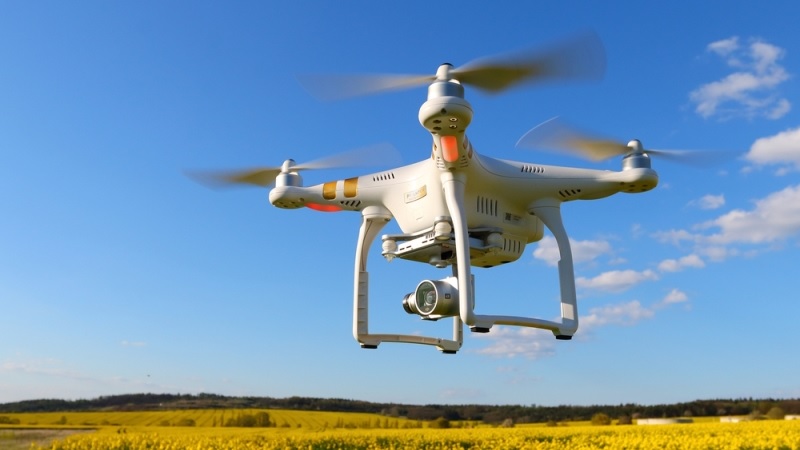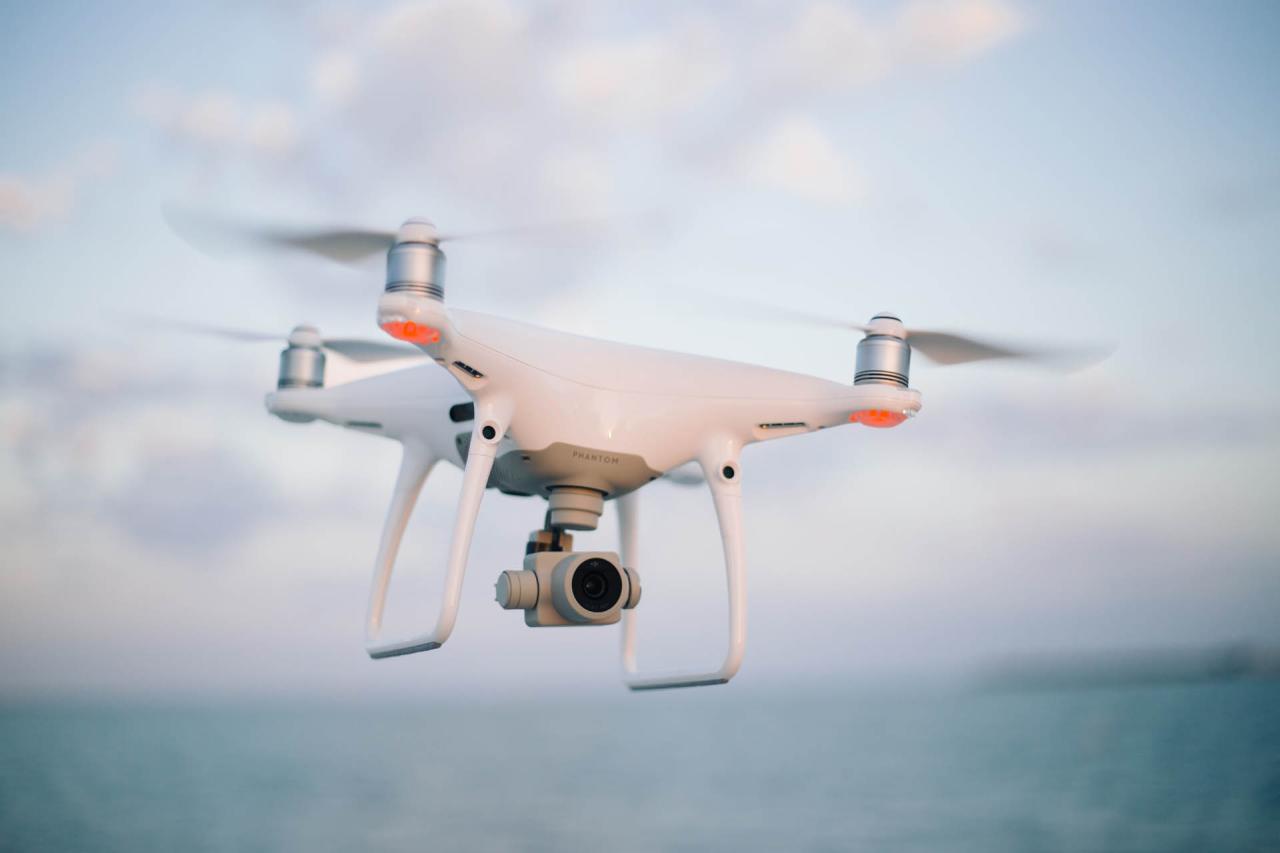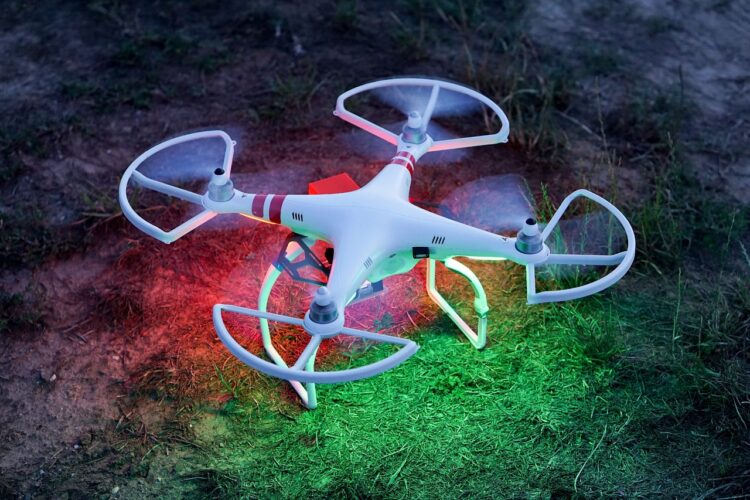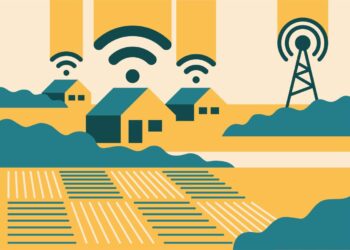In the modern era, drones have evolved from military tools into a versatile technology accessible to hobbyists, artists, and professionals alike. These unmanned aerial vehicles (UAVs) have democratized the sky, offering a new perspective on the world and a powerful tool for a multitude of applications. From capturing breathtaking aerial photos and videos to performing critical inspections and delivering packages, the potential of drone technology is vast and ever-expanding. This comprehensive guide will take you on a journey through the world of drones, providing everything you need to know to get started, from understanding the different types of drones to mastering flight basics and navigating legal regulations. Whether you’re a curious beginner or an aspiring drone pilot, this article will equip you with the knowledge to fly safely, responsibly, and with confidence.
The Drone Ecosystem

The term “drone” is a broad one, encompassing a wide range of devices with different shapes, sizes, and purposes. Understanding these classifications is the first step toward choosing the right drone for your needs.
A. The Different Types of Drones
The most common types of drones you will encounter are multi-rotor, fixed-wing, and hybrid.
- Multi-Rotor Drones: These are the most popular and recognizable drones, characterized by their multiple propellers (quadcopters, hexacopters, octocopters, etc.). They are known for their ability to hover in place, take off and land vertically, and maneuver with precision. This makes them ideal for aerial photography, videography, and various inspection tasks. Their stability and ease of use make them the perfect entry point for beginners.
- Fixed-Wing Drones: Resembling small airplanes, these drones use a wing to generate lift. They are more energy-efficient than multi-rotors and can fly for much longer distances and durations. However, they cannot hover and require a runway or launcher for takeoff and a large area for landing. They are primarily used for mapping, surveying, and long-range surveillance.
- Hybrid (VTOL) Drones: Combining the best of both worlds, hybrid drones can take off and land vertically like a multi-rotor and then transition to fixed-wing flight for long-distance travel. This makes them incredibly versatile for missions that require both hovering capabilities and long flight times. They are often used in professional applications like logistics and large-scale mapping.
B. Core Components of a Drone
Regardless of the type, all drones share a few fundamental components that enable them to fly and perform their functions.
- Frame: The body or chassis of the drone, which holds all the components together. It’s typically made from lightweight materials like carbon fiber or plastic.
- Propellers and Motors: The propellers provide the thrust that lifts the drone into the air. The motors, powered by a battery, spin the propellers at precise speeds to control the drone’s movement.
- Flight Controller: This is the brain of the drone. It’s a circuit board that processes information from sensors, takes commands from the pilot, and sends signals to the motors to maintain stability and execute maneuvers.
- Battery: The power source. Most consumer drones use high-density Lithium Polymer (LiPo) batteries, which provide a good balance of power and weight.
- Gimbal and Camera: For photography and videography drones, the camera is mounted on a gimbal, a motorized stabilizer that keeps the camera perfectly level, even as the drone moves. This is what allows for the creation of smooth, cinematic footage.
- Remote Controller: The device used by the pilot to send commands to the drone. More advanced controllers have integrated screens, and some can even be used with a smartphone for a live feed from the drone’s camera.
Mastering Flight
Flying a drone may seem intimidating, but with practice and an understanding of the basics, anyone can become a skilled pilot.
A. Pre-Flight Checklist
A thorough pre-flight check is non-negotiable for safe and successful flight.
- Check Your Equipment: Ensure your drone’s battery is fully charged, as well as the remote controller and any connected devices. Check the propellers for any nicks or damage.
- Inspect the Environment: Choose an open area away from people, power lines, and trees. Check the weather conditions—strong winds and rain can be dangerous for drones.
- Calibrate Your Drone: Most drones require a compass calibration before the first flight in a new location. Follow your drone manufacturer’s instructions to perform this step.
- Set Your Flight Parameters: Use the drone’s app to set a maximum altitude and distance. This is an important safety feature for beginners.
B. Basic Flight Maneuvers
Mastering these core maneuvers is the foundation of becoming a proficient pilot.
- Takeoff and Landing: Practice a gentle takeoff and a slow, controlled descent for landing.
- Hovering: Learn to maintain a stable hover in one place. This is a key skill for aerial photography and videography.
- Forward, Backward, and Sideways Flight: Practice flying the drone in all directions, focusing on smooth and controlled movements.
- Rotation: Learn to rotate the drone on its axis while maintaining its position. This is essential for capturing panoramic shots.
- Altitude Control: Practice ascending and descending smoothly.
C. Advanced Flight Techniques
Once you’re comfortable with the basics, you can move on to more complex maneuvers and features.
- Intelligent Flight Modes: Most modern drones have built-in flight modes that automate complex tasks. These include “Follow Me,” where the drone follows a moving subject; “Waypoint,” where the drone flies along a pre-programmed route; and “Orbit,” where the drone circles a point of interest.
- Manual Camera Control: Learn to manually adjust the camera settings (ISO, shutter speed, aperture, white balance) to get the best possible photos and videos. This is what separates amateur footage from professional, cinematic shots.
- Visual and Auditory Cues: Pay attention to the sounds and on-screen messages from your drone. They often provide critical information about battery life, signal strength, and potential hazards.
Navigating the Legal and Ethical Landscape

The rise of drones has led to a patchwork of regulations around the world. Flying responsibly means understanding and adhering to the rules.
A. Drone Registration and Licensing
In many countries, including the United States, all drones above a certain weight must be registered with the national aviation authority (e.g., the FAA in the US). Commercial pilots often need to obtain a license. Familiarize yourself with the regulations in your country and for any country you plan to visit.
B. No-Fly Zones and Airspace Restrictions
There are strict no-fly zones for drones, including:
- Near Airports: It is illegal and extremely dangerous to fly a drone near an airport.
- Military Bases and Government Buildings: These are almost always restricted areas.
- Emergency Scenes: Never fly a drone over an active emergency scene (e.g., a fire or accident). This can interfere with the operations of first responders.
- Private Property: Be respectful of privacy. Do not fly over private property without the owner’s permission.
C. Ethical Considerations
As a drone pilot, you have a responsibility to be a good steward of the sky.
- Respecting Privacy: Drones can feel intrusive. Be mindful of where you are flying and what you are recording.
- Wildlife Protection: Do not harass or disturb wildlife with your drone. Maintain a safe distance from animals.
- Community Impact: Be a responsible pilot. Your actions can impact public perception of drones. Fly quietly and safely to ensure the public continues to view drones favorably.
The Future of Drones
Drones are more than just a fun hobby; they are transforming industries. Understanding these applications can provide insight into the potential of this technology.
A. Commercial Applications
- Logistics and Delivery: Companies are developing drone delivery systems to transport goods to consumers in a fraction of the time.
- Agriculture: Drones equipped with sensors can monitor crop health, assess irrigation needs, and even spray pesticides with incredible precision, leading to higher yields and reduced costs.
- Infrastructure Inspection: Drones can inspect hard-to-reach places like power lines, wind turbines, and bridges, reducing the need for dangerous manual inspections.
- Search and Rescue: Thermal cameras and GPS on drones are being used to locate missing persons in rugged terrain or after natural disasters.
B. The Rise of FPV (First-Person View) Drones
FPV drones are a different class of drones that are flown using a headset that gives the pilot a live, first-person view from the drone’s camera. This creates an immersive experience that feels like you’re flying in the cockpit. FPV drones are known for their incredible speed and agility, and they are at the forefront of the drone racing world and a new form of cinematic art.
Conclusion
The world of drones is an exciting frontier, offering a unique blend of technology, art, and adventure. From the moment you take your first flight, you are not just operating a gadget; you are gaining a new perspective and joining a community of innovators and enthusiasts. This guide has provided you with the foundational knowledge to embark on that journey safely and confidently. We have explored the different types of drones, their core components, the essential flight maneuvers, and the critical importance of adhering to legal and ethical guidelines.
Remember that the ultimate success of your drone experience depends on preparation, practice, and a deep respect for the rules of the sky. By carefully inspecting your equipment, understanding airspace regulations, and being a responsible pilot, you can unlock the full potential of your drone. The applications of this technology are still being discovered, and with the rise of autonomous flight, AI integration, and new drone models, the possibilities are limitless. Whether you’re capturing stunning landscapes, inspecting a roof, or simply enjoying the thrill of flight, the right drone and the right knowledge will ensure your journey is a smooth and rewarding one. The sky is no longer the limit; it’s just the beginning.












